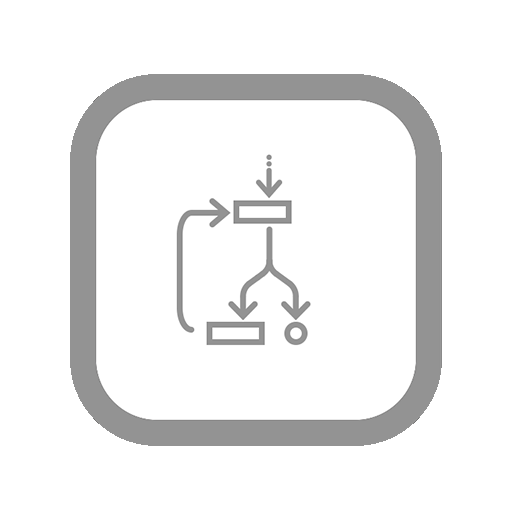Myocardial infarction probability (Goldman) 
Goldman, et al, developed a protocol for predicting myocardial infarction in emergency department patients with chest pain. This protocol was initially developed on almost 1400 patients, then prospectively tested in almost 5000 patients (mean age 56 years).
The computer model performed better than clinical decision on average (with the important note that this protocol should not override clinical decision); especially in regard to suggesting which patients should go to the Coronary Care Unit and which can safely receive a lower level of observation.
Goldmans algorithm, through a series of questions places patients into 15 Groups, labeled with the letters from A to N. Each of these letters corresponds to a different probability of the patient actually having a myocardial infarction.
These questions are all answered Yes/No
- Is there ST elevation or Q waves in 2 or more leads, not known to be old?
- Yes = Pt in Group “N”
- No = Ask question 2
- Chest pain began
 48 hours ago?
48 hours ago? - Yes = Ask question 3
- No = Ask question 4
- ST-T changes of ischemia OR strain, not known to be old?
- Yes = Pt in Group “M”
- No = Pt in Group “L”
- Prior history of angina or MI?
- Yes = Ask question 5
- No = Ask question 8
- ST-T changes of ischemia OR strain, not known to be old?
- Yes = Pt in Group “K”
- No = Ask question 6
- Longest pain episode
 1 hour?
1 hour? - Yes = Ask question 7
- No = Pt in Group “H”
- Pain worse than prior angina or the same as a prior MI?
- Yes = Pt in Group “I”
- No = Pt in Group “J”
- Pain radiates to neck or left shoulder or left arm?
- Yes = Ask question 10
- No = Ask question 9
- ST-T changes of ischemia OR strain, not known to be old?
- Yes = Pt in Group “B”
- No = Pt in Group “A”
- Age
 40 years?
40 years? - Yes = Ask question 11
- No = Pt in Group “C”
- Chest pain reproduced by palpation?
- Yes = Pt in Group “D”
- No = Ask Question 12
- Pain radiates to back, abdomen or legs?
- Yes = Pt in Group “E”
- No = Ask question 13
- Chest pain is stabbing?
- Yes = Pt in Group “F”
- No = Pt in Group “G”
It is important to note that this model gives data on the % likelihood a given patient is having a myocardial infarction. No patient group had 0%.
| Patient Group | % of this group who were determined to have an MI accounting for their symptoms |
|---|---|
| A | 2% |
| B | 26% |
| C | 2% |
| D | 1% |
| E | 8% |
| F | 2% |
| G | 17% |
| H | 4% |
| I | 1% |
| J | 11% |
| K | 26% |
| L | 2% |
| M | 21% |
| N | 75% |
Groups B, G, J, K, M, and N are recommended to be admitted to the Coronary Care Unit, according to the author.
Goldman L, Cook EF, Brand DA, et al. A computer protocol to predict myocardial infarction in emergency department patients with chest pain. NEJM 31 March 1988;318(13):797-803.
